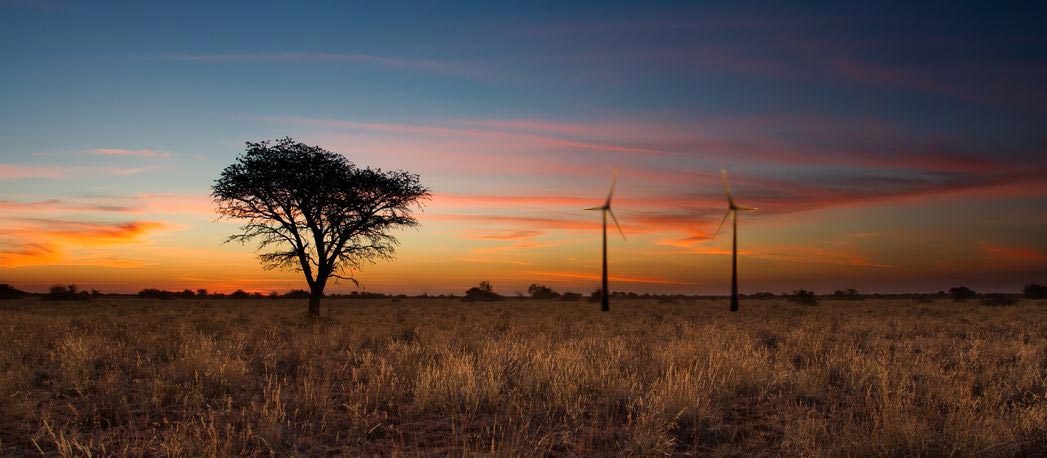
The energy requirements of the African continent once provided by huge hydro electric power stations have slowly reverted back to those methods used during pre-colonial days; the wood fire and paraffin lamps.
Soon after colonialism exited the Dark Continent, tribalism trumpeted its return. It was welcomed as men and women rejoiced in their cultural heritage and began to banish all things ‘colonial’ from their countries. Rather like the Dark Ages after the fall of Rome this distaste for things perceived as tools from the oppressor unfortunately also included the removal of sound management structures, fiscal intelligent and the powerful belief in ‘if what we have is maintained then it won’t break down as often’. All was swept away in the enthusiastic ‘out with the old, in with our way’. This knee-jerk reaction and attempt to replace engineers with thirty years experience with twenty-five-year-old affirmative action graduates, fresh out of university, has created consequences which hurt the very people who are the most vulnerable.
Take for example Zimbabwe. At its Independence in 1981, the Lake Kariba hydro-electric-power system was providing electricity to the entire country as well as supplying the mining district with in the Zambian copper belt – an industry with a voracious appetite for power. Twenty seven years on and the people of Zimbabwe consider themselves lucky if the power remains on for more than two hours each day, despite the fact that commercial and industrial energy requirements are 80% less than those of pre-colonial days due to the collapse of Zimbabwe’s economy. The solution: trees are being hacked down wholesale for cooking and heating. Those that can afford it purchase petrol and diesel run generators. All the while the mighty Lake Kariba, with a shore line of over two-and-a-half-thousand kilometres and a hydro scheme with the power capacity to supply Zimbabwe, Zambia and Malawi with all their energy needs puts out less than 10% of what it is capable. Damaged by poor maintenance and staffed by people barely trained in the field in which they are employed, the Kariba scheme is proof that change is not always better.
Lake Kariba drying up w/ #climatechange, #Zambia hit hard by #hydroelectric power outages https://t.co/bPXFVojYMk pic.twitter.com/a8dWmWt7ry
— Stephanie Debats (@stephaniedebats) April 13, 2016
South Africa has begun to take her turn in the break down of her formerly modern power grid. Soon after the country’s independence in 1994 existing management structures at Eskom – the country’s sole power supplier – were dissolved. Existing staff, with years of experience retrenched and a brand new management style implemented. Warnings and cautions were pooh-poohed as ‘sour grapes’. Mismanagement and an inability to forward plan quickly followed.
Blessed by almost year round sunshine, crossed by hundreds of swiftly flowing rivers that fall hundreds of metres over the Drakensberg escarpment South Africa has yet to invest any real money in projects designed with sustainability in mind. Added to that, over the last ten years, thousands of low cost houses (part of the government run upliftment programme for the poor) have been built and electrified. The result? Daily power outages nationwide and an increase of generator sales by almost two thousand percent.
The @UN’s Sustainable Development Goals envisage a better world for all. Here’s how close South Africa is to meeting the 2030 deadline, and how we can speed up progress #Goalkeepers18 #SDGs https://t.co/CVEQq5sQwJ
— Moky Makura (@mokymakura) October 22, 2018
Sustainability is not just about putting a physical system in place. The people behind it must have vision and determination to make it succeed. The further they can see into future the better will be their decisions to create a sustainable environment. Africa still has short range vision. Ignoring birth rates almost quadruple that of the West she yet plods on in the belief that somehow it will all come right. Productivity outputs are at a quarter of those in the East and many Africans insist ideas should be sought only from fellow Africans. All the while the continent struggles to provide its people with basic services.
If Africa is to truly prosper then implementing sustainable power systems must be a priority. If that means taking a few lessons from the West, then so be it.